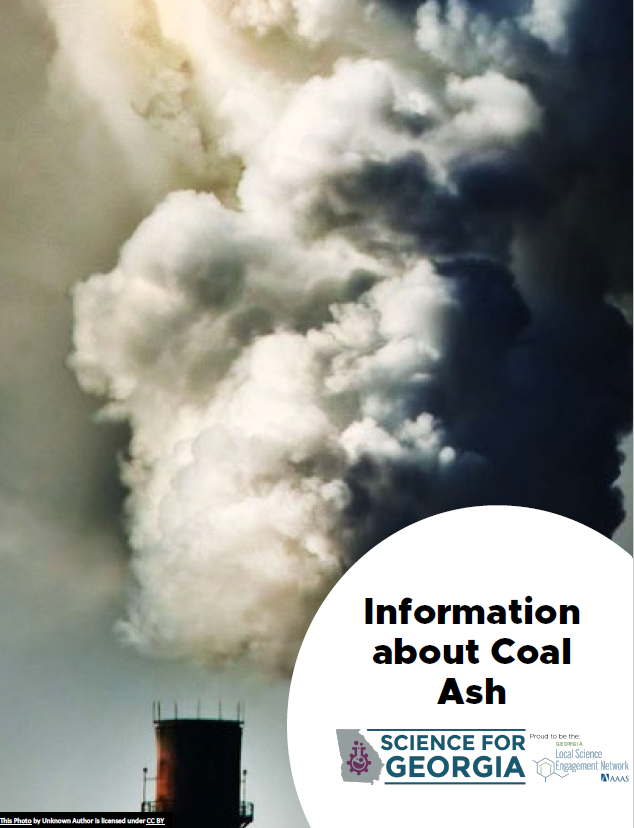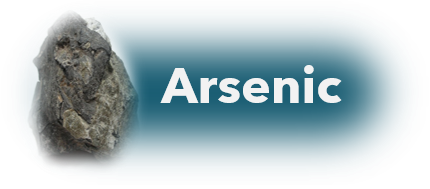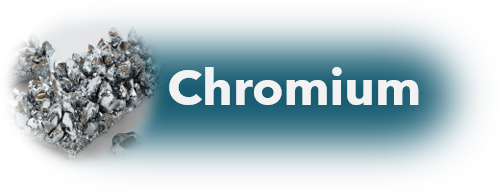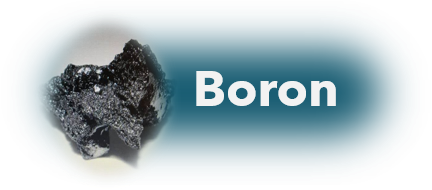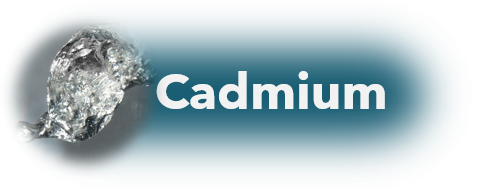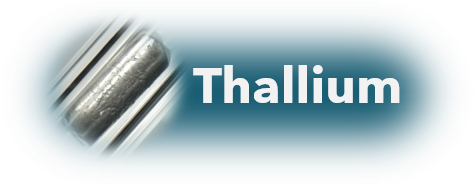Coal Ash is the leftover waste from burning coal at coal-fired electricity plants.
There are twelve (12) coal-fired power plants in Georgia.
Georgia has at least 59 Coal Ash storage sites: 25 at active plants, storing 86+million tons.
What is the issue with Coal Ash?
Coal Ash contains numerous harmful materials. Coal Ash has historically been stored in unlined ponds which are prone to leaks. An analysis of GA Power’s well water tests found toxic Coal Ash pollutants are leaking into groundwater at 92% of Georgia’s coal-fired power plants.
Coal Ash disposal and storage is currently regulated by the Georgia Environmental Protection Division (EPD) via a permitting authority granted by the US Environmental Protection Agency (EPA).
Georgia is in the process of closing all of its coal ash storage ponds as it phases out coal fired electricity. A majority of the closed pits will be properly lined and prevent contact with ground water. Five are proposed to be unlined. Recently, the EPA sent a letter to the EPD disputing the legality of Georgia’s proposed long-term storage plan.
TL;DR: Coal Ash contains toxic chemicals. Coal Ash isn’t going anywhere. The Georgia EPD and the US EPD are in a legal dispute over proper storage. As Georgia moves away from coal-fired electricity, it is best for the health and safety of Georgians and the Georgia environment that coal ash be disposed of and stored in lined storage pits.
What should be done?
Two actions would address storage and disposal:
- Dispose of new coal ash in lined landfills.
- Move old waste from unlined ponds to lined landfills.
Is that going to be expensive?
Yes. But Georgia Power already has $8,000,000,000 ($8 billion) in rate-payer money (from the fees you pay on your bill each month) to handle this problem.
Each year disposal and storage is not addressed, the problem gets more expensive.
What can I do to help?
- Contact your legislator and tell them how you feel about Coal Ash disposal and storage.
- Track bills here.
- Learn how to write an effective letter or email.
- Volunteer with groups concerned with issue such as The Georgia Water Coalition or The Georgia River Network.
- Tell your neighbors about Coal Ash.
- Reduce your energy use and lower the amount of coal ash produced by coal-fired power plants.
- Learn more about Coal Ash below…
What are the benefits of proper coal ash storage and disposal?
- Proper regulation of new Coal Ash storage prevents costly problems in the first place.
- Remediation will address an old problem before it gets worse.
- All efforts will improve environmental and individual health.
All the Coal Ash Details…
What is in Coal Ash? And what do these elements do to humans?
There are a lot of elements in Coal Ash. Exposure to small amounts of these chemicals increase the chance of cancer, heart problems, lung disease, and cognitive effects.
Many heavy metal pollutants in contaminated groundwater are present in concentrations unsafe for human consumption.
People living near coal ash have a 1 out of 50 chance of developing cancer from drinking contaminated water.
Click on the images below to learn more about the health impact of each element.
Does Coal Ash effect other things in nature?
Scientists are monitoring the sites of rare species and potential danger.
Belews Lake’s ecosystem near a Duke Energy’s coal plant in North Carolina saw species of fish dramatically declined in the period between 1975 and 2002 due to heavy metals contamination.
Where is the Coal Ash?
60% of the top ten Coal Ash contaminated sites in the U.S. are within 3 miles of residential area. And more than 95% of coal ash ponds in the U.S. are unlined.
Plants have been operating for decades, but groundwater monitoring data only first became available in 2018. 11 out of the 12 plants in GA show that they have contaminated groundwater with hazardous heavy metals.
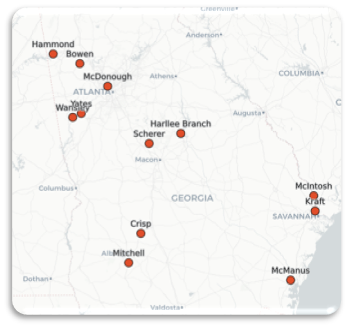
As the chart below shows, many of the sites in Georgia are close to low-income populations.
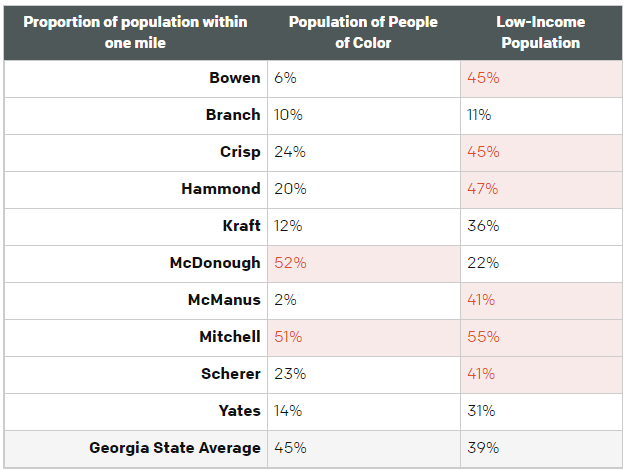
The Georgia map below shows the hazardous sites around the state.
- The red points indicate sites where the responsible party is funding the remediation.
- The yellow markers represent abandoned sites.
- The green dots are public landfills.
Both the latter two may use the Hazardous Waste Trust Fund for remediation.
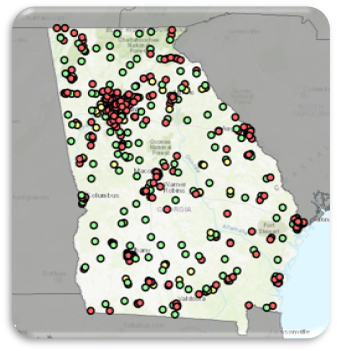
Will this problem just go away with time?
No. Contaminants do not degrade with time, and so require aggressive removal techniques. Thus, storing it properly the first time is less expensive.
Remediation can cost anywhere from $100 million to $5-10 billion.
Coal ash is the second largest industrial waste stream in the U.S.
Please explain the Waste Classification of Coal Ash. And why it matters.
Waste classification determines which disposal process will be used to take care of unwanted materials and is influenced by public policies. Waste management is therefore not solely governed by scientific evidence.
Solid waste can be classified as either Hazardous or Non-Hazardous each with its own set of disposal protocols.
Hazardous waste has stricter rules for disposal as regulated by the Resource Conservation and Recovery Act (RCRA).
The 2014 “final rule” housed Coal Ash under Subtitle D of the RCRA designating it as a non-hazardous waste.
Status under Subtitle D leaves the standards of the rule unenforceable by federal agencies.
However, the CCR rule can be indirectly observed through the Water Infrastructure for Improvements to the Nation (WIIN) Act enacted in 2016. Under this States could apply for EPA-approved permits that allowed them to self-monitor coal ash disposal. States that do not have a permit will be overseen by the EPA directly.
The CCR rule has less stringent concentration limits on pollutants compared to health-based recommendations.
What is being done currently?
Coal ash producers and the GA Environmental Protection Division published a plan to clean up coal ash. Although the plan did require monitoring of groundwater near landfills, it did not have any requirements for groundwater monitoring at closed-in-place plants, which are susceptible to leaks.
In 2015—GA Power announced that it will be closing all 29 of its ash ponds. 12 of these ponds will be capped in place. The rest will be dewatered and transported into lined landfills.
Please provide more detail on what we could do around disposal and storage.
There are four ways to think about storage
- Composite liners are the most effective, found by the EPA.
- Silo storage reduces leaching and contamination, but is more expensive than landfill storage and requires more steps.
- Require that all surface impoundments are supported by composite liners.
- Receive federal funding to initiate the costly process of excavating old sites.
Reuse & Recycle
In 2012 80% of unused coal ash was put in landfills and ponds; however, recycling 1 ton of fly ash can save 1 ton of CO2 emissions.
Netherlands and Germany recycle 100% and 97% respectively. The U.S. recycles less than 25%.
- Encourage partnerships between cement and power companies.
- Fly ash is a commodity in the UK and could be sold to other European countries.
Fund Coal Ash Research
Study how different factors affect leaching—when harmful toxins drain from coal ash into the surrounding environment
One research study for example demonstrated oxygen levels affect the amount of toxic substances leached. TL;DR, covering ponds = high risk of groundwater contamination
We need to research new strategies for repurposing coal ash and limiting its waste. Some research groups have begun extracting valuable metals from coal ash.

